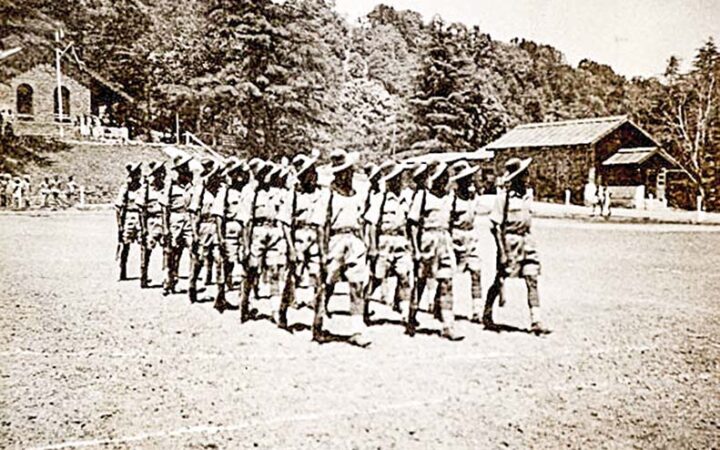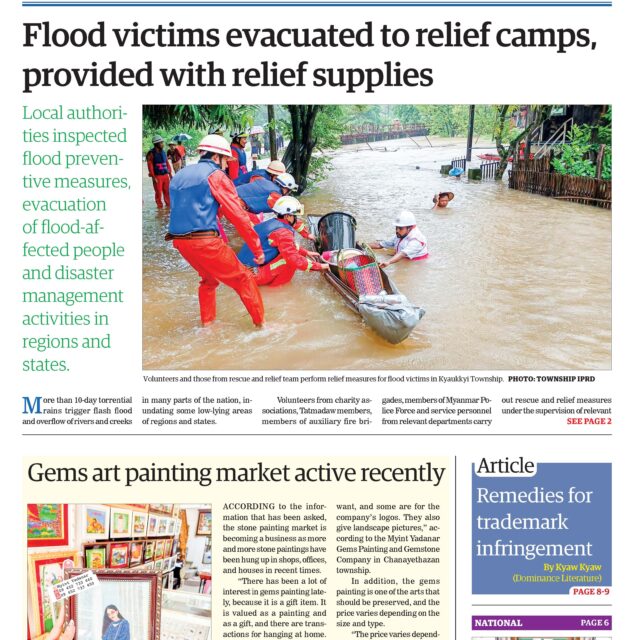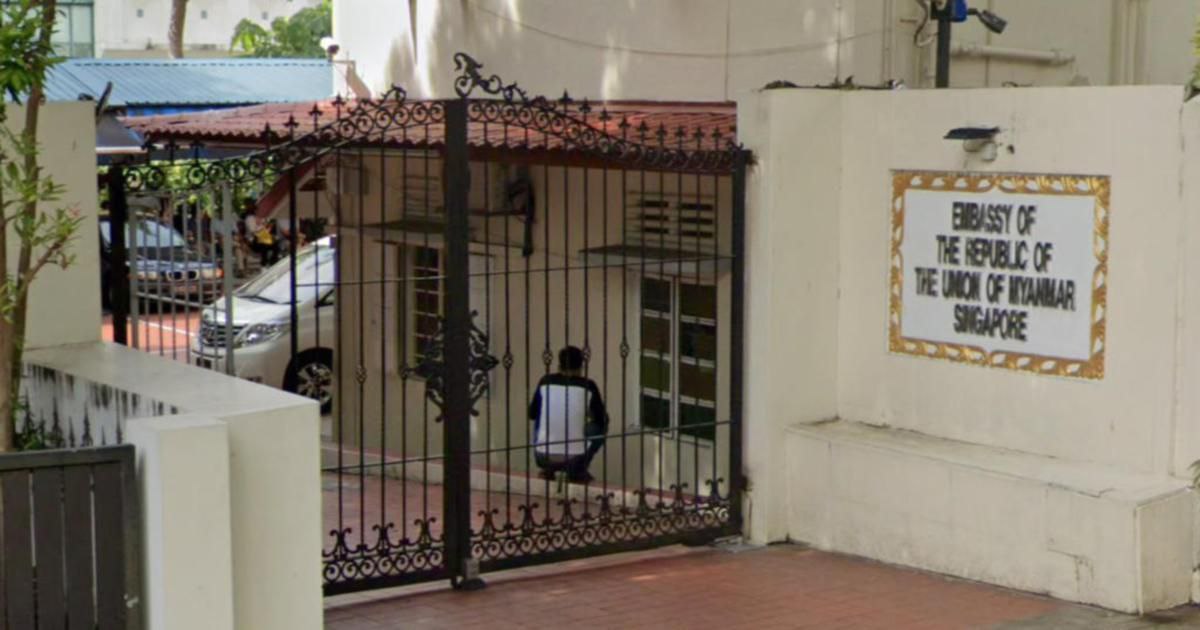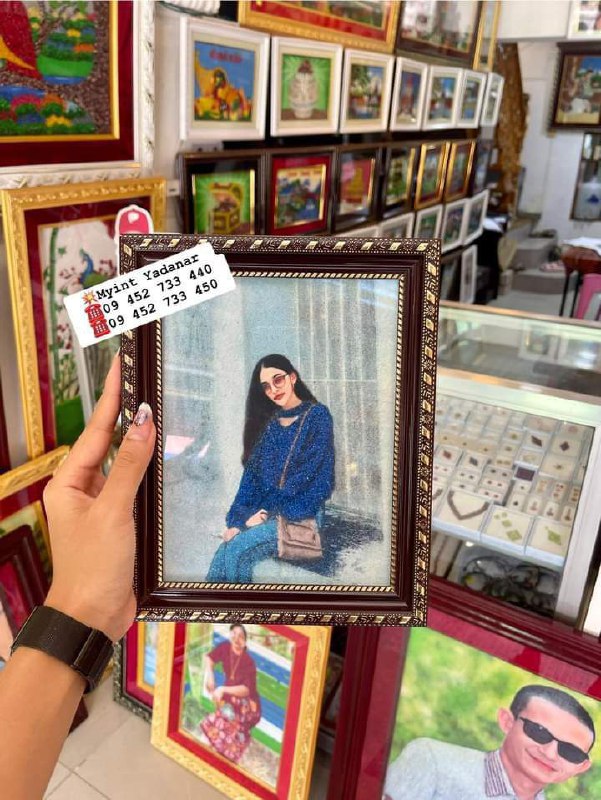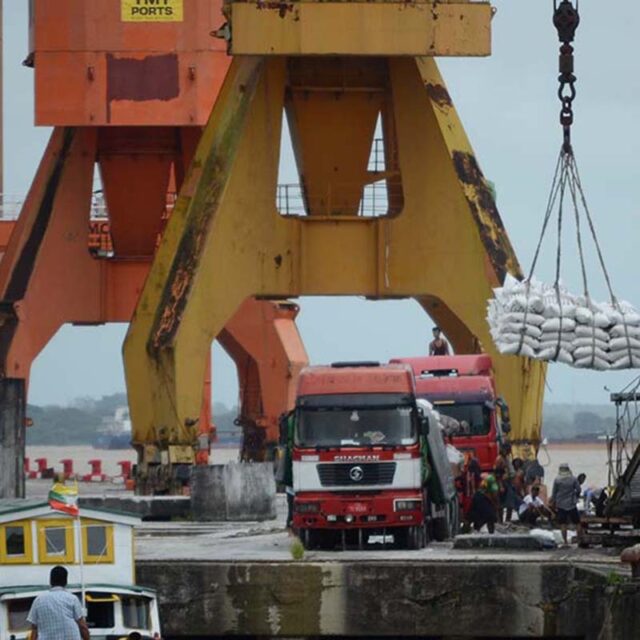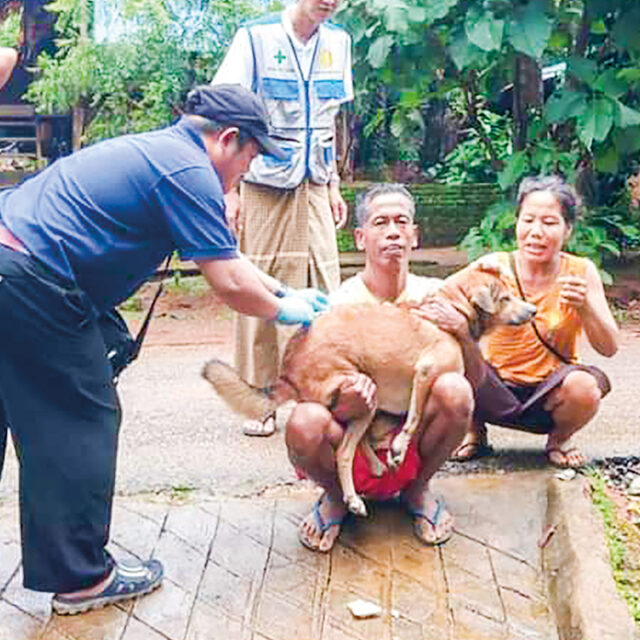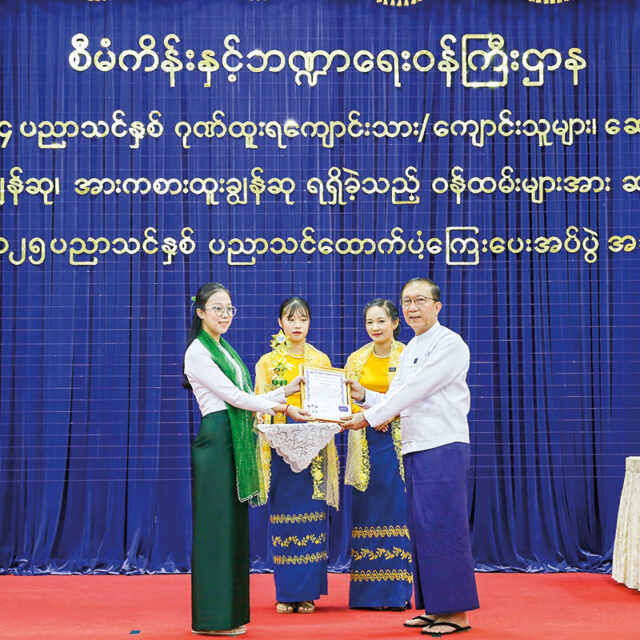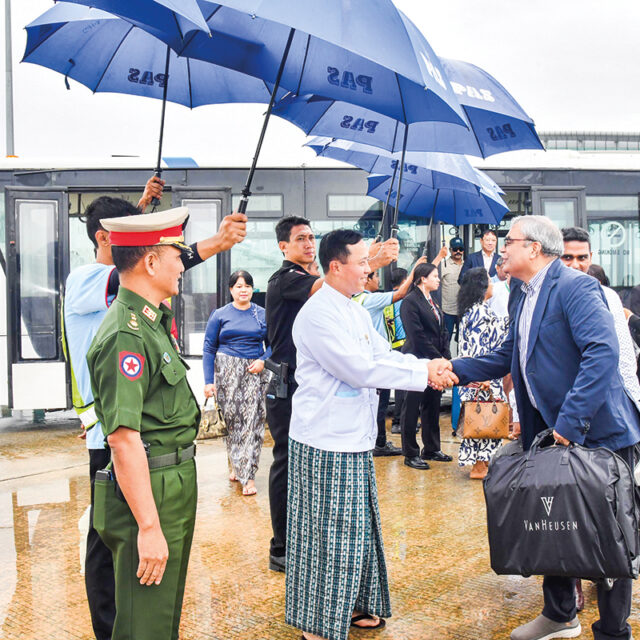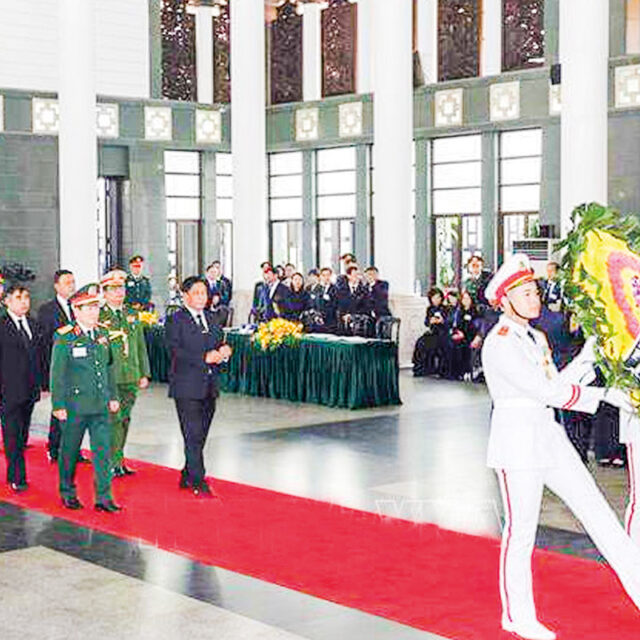Gurkha Soldiers are recruited from Nepal. The British officer is recruited from the UK and the Commonwealth. All officers are expected to speak Nepali and will attend a language course in Nepal. The Royal Gurkha Rifles are part of the infantry. The Gurkha Units are composed of Nepalis and Nepali-speaking Indian people are recruited for the Nepali Army (96,000), Indian Army (42,000), British Army (4,100) and Gurkha contingent Singapore, Gurkha Reserve Unit Brunei. UN peacekeeping forces. The Gurkhas are Nepal soldiers recruited into the British Army and have been for the last 200 years. Gurkha are known to be fearless in combat as they are good nature in daily life. To this day, they remain famous for their royalty, professionalism and bravery.
The Royal Gurkha Rifles, part of the infantry, is at the core of the Army’s Ground Close Combat capability. Trained to out-think, out-wit, out-fight, and out-last any adversary geographical environment difficulty alongside with the Allied Army. They first encountered the British in 1814, when the British East India Company fought against them during the Anglo-Nepali War. The British forces admired the Gurkhas’ military ability and honourable tactics and first recruited Gurkha troops in 1815. It was the Peace Treaty that ended the war in 1816, enabled the British to recruit Nepalese Gurkhas officially, and so began the British’s relationship with Nepal.
Since then, the Gurkhas have served with distinction throughout the world, earning incredible 13 Victoria Crosses for acts of extreme valour and countless other medals.
The top 9- credits confer on the Gurkhas are as follows: –
1, The Gurkhas have served with royalty and distinction for over 200 years.
2, British officials in the 19th century declared the Gurkhas a martial Race, a term describing people thought to be “naturally warlike and aggressive in battle”
3, Gurkhas are famous for carrying a -kukri -the national weapon of Nepal also used as a work tool. The legend goes that whenever a Gurkha draws his kukri in anger, he must also draw blood.
4, The Gurkha selection process has been described is one of the toughest in the world; it culminates in the doko race, which involves carrying 25 kg of sand while running up a steep 4.2 km course.
5, Measuring less than 5-foot, hero Gurkha Rifleman Lachhiman Gurung VC would fail today’s Army selection criteria.
6, Soldier in today’s brigade of Gurkhas each donate one day’s pay every year, in part to support their forebears, the oldest veteran in Nepal.
7, During the Second World War, steadily Gurkha soldiers would sneak up on dugouts in the dead of the night and feel unsuspecting in inhabitants’ boots to find out if they were friend or foe- Axis or Allies had different ways of tying their laces.
8, in 1915, devastating earthquakes struck Nepal, destroying the homes of many ex-Gurkhas. The Queen’s Engineers were deployed to help with rebuilding efforts as an exercise known as OP MAR MAT (rebuild in Nepal).
9, Captain Ramhadur Limbu VC in the last serving Gurkha VC holder having earned his medals in Borneo in 1965. His citation claimed that his actions that day “Reached zenith of determined premeditated valour which must count most notable among record”.
The Burmese campaign was a series of battles fought in the British colony of Burma, meanwhile, 23 battalions of Gurkha soldiers (as well as garrison training and parachute unit.) fought in Malaya and Burma. Remaining steadfast during early losses against the advancing Japanese assaults and proving instrumentally in the fightback in Burma after halting the Japanese advance toward India.
The Burmese Gurkhas are a group of Nepalese language speaking of Gurkha ethnic group living in Burma; the Chindits were British Empire troops who carried out guerrilla-style operations in Burma during Second World War. The Burmese campaign in the South-East Asia Theatre of World War ll was fought primarily by British Commonwealth, Chinese, and United States forces against the forces of Imperial Japan, who were assisted by the Indian National Army and, to some degree, by Thailand. The British Commonwealth land forces were drawn primarily from United Kingdom, British India and Africa.
On 1st May, a Gurkha parachute battalion was dropped on Elephant Point and cleared the Japanese coastal defence battalion at the mouth of the Rangoon River. The 26th Indian Division started to land the next day, as the Monsoon began and took over Rangoon, what had soon, an orgy of looting and lawlessness took place since the Japanese had left.
The Gurkha soldiers of Burma had contributed much effort in service as competent soldiers in respect of combat manoeuvering and bravery. In the events of campaign for recapturing of Burma from the retreating Japanese, the Gurkha soldiers have shown their expertise in the battle fields alongside with the Americans, Chinese and English soldiers on recapturing of Burma. This was the traditional behaviours of the Gurkha people showing their competence on whatever tasks entrusted on them. This behaviour traits may come from the British officers on training period to get them familiar to observe and follow the straight discipline handed down from their British Officers.
